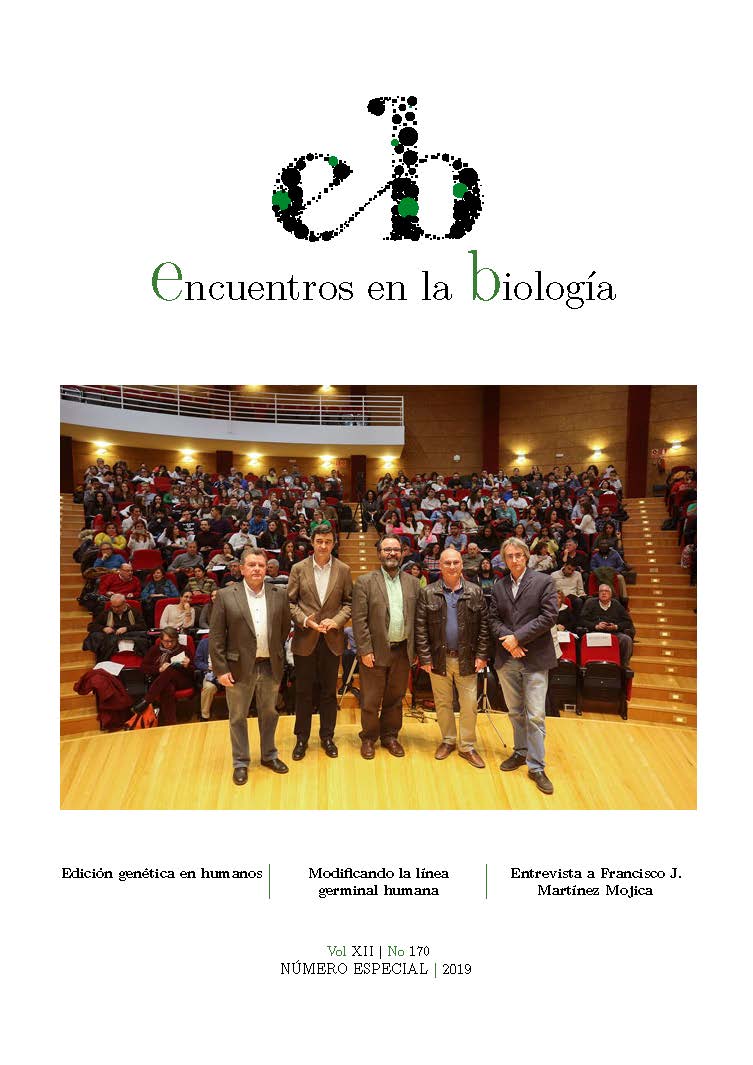Modifying the human germline: a study of the applicable Spanish regulations
DOI:
https://doi.org/10.24310/enbio.v12i170.17392Keywords:
Germinal Line, Human Genetics, Spanish NormativeAbstract
The question of the legal regulation of genetic editing in Spain is, at least, thorny, because it covers, in general, norms elaborated in a historical context very different from the current one, a context in which gene therapies were still considered very dangerous. Hence, the regulation of the time was very strict, prioritizing safety over the possible (although unlikely) benefit that its use could bring. To this must be added that the legislative technique used was not refined, because it contained arcane clauses, difficult to understand and ductile interpretation, which did not help too much to obtain the precious legal certainty. Unfortunately, this framework has not undergone substantial changes until now despite the fact that the state of science certainly has. As a consequence, we can only speak of a certain mismatch between the needs of biological research and the legal responses that, hopefully, will be solved at any time. Entering now to expose the keys of the system, it is convenient to underline that there are three great normative documents that deal with regulating this matter: the Oviedo Convention, Law 14/2007, on biomedical research and the same Spanish Penal Code. In the following pages we will dedicate ourselves to expose what is exactly (and what is not) deduced from its articles.
Downloads
Metrics
Publication Facts
Reviewer profiles N/A
Author statements
Indexed in
-
—
- Academic society
- N/A
- Publisher
- Uma Editorial. Universidad de Málaga
Downloads
Published
How to Cite
Issue
Section
License
Esta obra está bajo licencia internacional Creative Commons Reconocimiento-NoComercial-CompartirIgual 4.0.
Esta revista provee acceso libre inmediato a su contenido bajo el principio de hacer disponible gratuitamente la investigación al público. Todos los contenidos publicados en Encuentros en la Bilogía están sujetos a la licencia Creative Commons Reconocimento-NoComercia-Compartirigual 4.0 cuyo texto completo puede consultar en <http://creativecommons.org/licenses/by-nc-sa/4.0>
Se pueden copiar, usar, difundir, transmitir y exponer públicamente, siempre que:
Se cite la autoría y la fuente original de su publicación (revista, editorial y URL de la obra).
No se usen para fines comerciales.
Se mencione la existencia y especificaciones de esta licencia de uso
Los derechos de autor son de dos clases: morales y patrimoniales. Los derechos morales son prerrogativas perpetuas, irrenunciables, intransferibles, inalienables, inembargables e imprescriptibles. De acuerdo con la legislación de derechos de autor, Encuentros en la Biología reconoce y respeta el derecho moral de los autores/as, así como la titularidad del derecho patrimonial, el cual será cedido a la Universidad de Málaga para su difusión en acceso abierto. Los derechos patrimoniales, se refieren a los beneficios que se obtienen por el uso o divulgación de las obras. Encuentros en la Biología se publica en open access y queda autorizada en exclusiva para realizar o autorizar por cualquier medio el uso, distribución, divulgación, reproducción, adaptación, traducción o transformación de la obra.
Es responsabilidad de los autores/as obtener los permisos necesarios de las imágenes que están sujetas a derechos de autor.
Los autores/as cuyas contribuciones sean aceptadas para su publicación en esta revista conservarán el derecho no exclusivo de utilizar sus contribuciones con fines académicos, de investigación y educativos, incluyendo el auto-archivo o depósito en repositorios de acceso abierto de cualquier tipo.
La edición electrónica de esta revista esta editada por la Editorial de la Universidad de Málaga (UmaEditorial), siendo necesario citar la procedencia en cualquier reproducción parcial o total.






